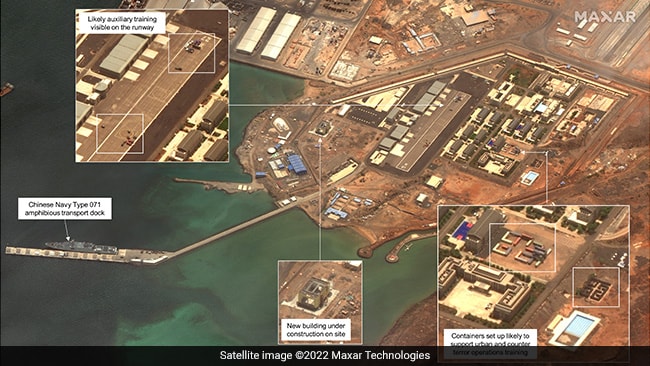While the United States is unrivaled in projecting military power from 500-plus overseas bases, China’s investments in ports and communication technology globally show Beijing’s footprint approach as a possible means to a similar end, an expert panel said, US Naval Institute reports.


